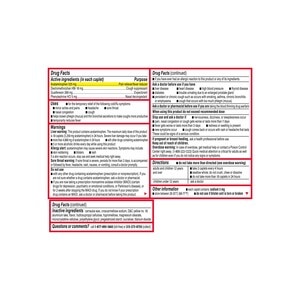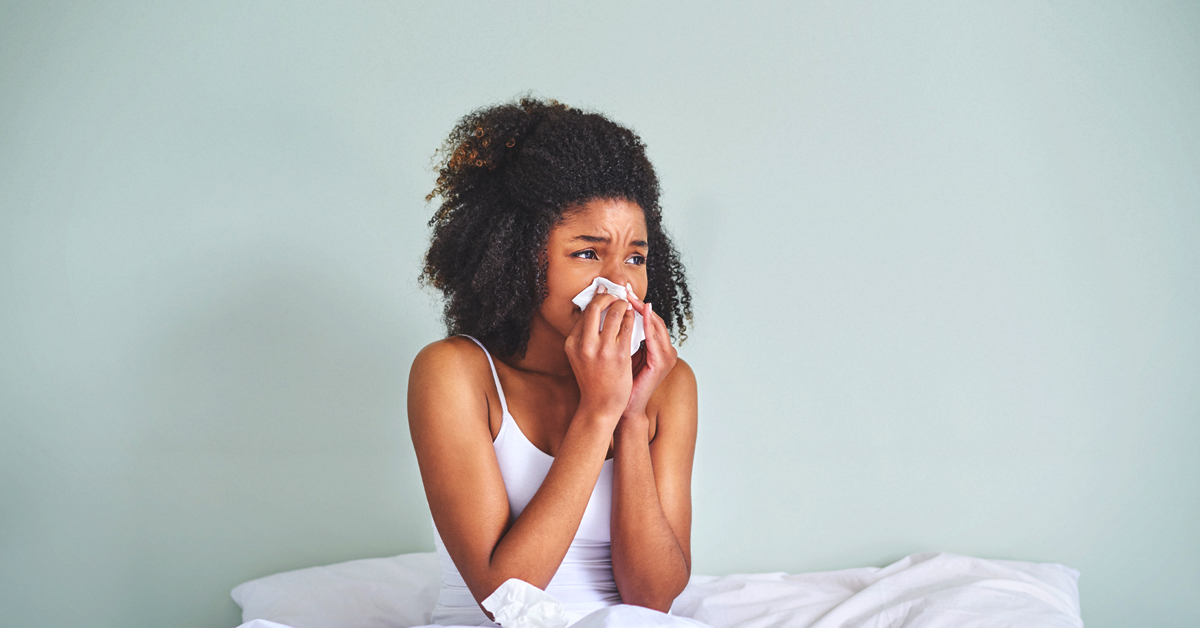
It is tempting to resort to over-the-counter remedies for a common cold or flu. But, rest is probably the best remedy. Moving around can only worsen the symptoms of a sore neck and make it worse. Also, it will help your body recover from the flu-like symptoms. Garlic is a great natural remedy to the flu and cold. Garlic is one of the best natural cures for colds and flu. Garlic has anti-inflammatory properties that can fight the flu virus.
Chicken soup
Researchers from the University of Nebraska studied the effects of chicken soup upon white blood cells and the movement of neutrophils. They found that the substance had an inhibitory effect on neutrophil migration, which could reduce the symptoms of a cold. Also, the soup inhibited neutrophil migration, which could reduce symptoms of a cold. Researchers believe the soup may have medicinal properties. However, more research is necessary to determine its effects.
Honey
Honey is a popular and tasty remedy for flu and cold symptoms. Honey can be drunk as a drink, or added warm water to relieve congestion. A teaspoon of honey mixed in a glass of water will help sooth cold and flu symptoms. Because honey contains natural anti-inflammatory ingredients, it can help reduce symptoms of colds. To increase the effectiveness of your drink, you can add one teaspoon cinnamon.
Garlic
You can also eat raw garlic. Both raw and cooked garlic can be used as cold and flu remedies. They can improve immunity and alleviate cold symptoms. A good night's sleep and adequate hydration can speed up your recovery. Your immune system may also be boosted by taking a zinc supplement. Raw and aged garlic are the most effective. But, there is no scientific proof to support the effectiveness of garlic as a cold and flu remedy.

Vitamin C
Vitamin C has been around for decades but has not always been a great remedy for colds. LinusPauling, a Nobel Prize-winning scientist and chemist, suggested that high amounts of vitamin A could prevent colds. Later, however, that claim was disproved. Researchers are now confident that vitamin-C can help to decrease the frequency and length of colds. And they have some proof to back this up.
Hot showers
Hot showers can relieve symptoms of the flu and cold, especially if you are already suffering from dehydration. Humidity from hot showers enters the mouth and nose, thereby releasing mucus blockages and making you feel better. If you do not have a shower, try creating a mini sauna in your bathroom. The steam can help you feel more energetic and calm.
Drinking lots and lots of fluids
Drinking plenty of fluids is a great way to get rid of flu symptoms. One, proper hydration can help the body use medications more efficiently, which will result in quicker relief. Adults should consume six to eight glasses of fluids daily. However, you should increase this if you are experiencing symptoms. Electrolyte enhancement drinks can be another great option. These beverages replenish fluids that have been lost and can prevent symptoms becoming worse.
Vitamin C can reduce the severity of flu symptoms.
A recent study found that taking 6-8 grams of vitamin C per day can decrease the time it takes to get a cold or flu. It is still not known what the ideal vitamin C dose should be. There are not enough studies to prove a definitive dose-response relationship. Additionally, many trials have shown that higher doses of vitamin C are more effective than trials involving only a single dose of 1 gram of vitamin C.

FAQ
Why does weight change as we age?
How do you determine if your bodyweight is changing?
A person who has less body fat than their muscle mass will experience weight loss. This means that daily energy needs must be greater than the calories consumed. A decreased level of activity is the main cause of weight loss. Other reasons include poor eating habits, stress, hormone imbalances, certain medications and illness. Weight gain is when there are more calories than muscle mass. It occurs when people eat more calories than what they use in a given day. It can be caused by overeating or increased physical activity as well hormonal changes.
The main reason why our bodies lose weight is because we consume fewer calories than we burn. By exercising regularly, our metabolism rates increase which in turn burns more calories during the day. This doesn't necessarily mean we will lose weight. What matters is whether we are losing fat or building muscle. Weight loss is possible if you burn more calories than you consume. But, if we consume far more calories than what we burn, then we actually store them as fat.
As we age, we become less agile and don't move as often. We also tend eat less than we used to. We tend to gain weight. On the flipside, we are more muscular than we really need and appear bigger.
If you don't weigh yourself every week, it's impossible to determine how much weight has been lost. There are many options for measuring your weight. You can check your waist size, your hips, your thighs, your arms, etc. Some prefer to use bathroom scales, while others prefer tape measures.
You can track your progress by weighing yourself at least once per week and measuring your waistline every month. You can also take pictures of yourself every few months to see how far you've come.
You can also find out how much you weigh by looking up your height and weight online. If you are 5'10" tall, and you weigh 180 lbs, then you would probably weigh 180 lbs.
Exercise: Good and bad for immunity?
Your immune system is strengthened by exercise. Your body makes white blood cells that fight infections when you exercise. Your body also removes toxins. Exercise can prevent diseases such as cancer and heart disease. It reduces stress.
Exercising too often can cause your immune system to be weaker. When you exercise too hard, your muscles will become sore. This causes inflammation and swelling. Your body then has to produce more antibodies to fight off infection. These extra antibodies can lead to allergies or autoimmune disorders.
So, don't overdo it!
What is the difference in calorie and kilocalories?
Calories are units that measure how much food has energy. Calories are a unit of measurement. One calorie equals one degree Celsius of energy to raise water temperature by 1 gram.
Kilocalories refer to calories in another term. Kilocalories measure in thousandths a calorie. 1000 calories equals 1 kilocalorie.
Is being cold good for your immune system.
Being cold gives you a weaker immune system because when you are cold, your body produces less white blood cells which fight infections. However, being cold also makes you feel better because your body releases endorphins into your brain which reduce pain.
Is being cold bad for your immune system?
It is said that there are 2 types of people: those who love winter (and those who hate it). It doesn't matter if you love it or not, it is possible to wonder why it makes you feel so miserable when it gets cold outside.
Our bodies were designed to work best in warm climates. Hot climates are where our food sources are most plentiful, and we evolved to thrive there.
But now we live in an environment that is very different from how our ancestors lived. We spend more time indoors, are exposed to extreme temperatures (cold/heat), and eat processed food rather than fresh.
This means that our bodies aren’t used to these extremes. So, when we do venture outside, we often feel exhausted, sluggish, or even sick.
These effects can be reversed, however. Staying hydrated is one way to combat this. If you drink plenty of water, you'll help keep your body properly hydrated and flush toxins from your system.
Another important step is to ensure that you're eating healthy meals. The best way to maintain your body's optimal temperature is by eating nutritious food. This is especially helpful for people who spend a lot of time indoors.
Take a few minutes every morning to meditate. Meditation can relax your mind and make it easier manage stress and illness.
How much should I weigh for my height and age? BMI chart & calculator
Use a BMI calculator to determine how much weight is needed to lose. The healthy BMI range for a healthy person is 18.5 to 24.9. To lose weight, you should aim for a loss of 10 pounds per year. Enter your weight and height into the BMI calculator.
Check out this BMI chart to determine if you are overweight or obese.
What is the most healthful lifestyle?
The healthiest lifestyle to live is one where you eat healthy food, exercise regularly, sleep well, and avoid stress. If you follow these guidelines, you will be able to lead a long and healthy life.
You can start by making small changes in your diet and exercise routine. For example, if you want to lose weight, try walking for 30 minutes every day. Swimming or dancing are great options if your goal is to become more active. An online fitness program such as Strava or Fitbit that tracks your activity could be a good option.
Statistics
- This article received 11 testimonials and 86% of readers who voted found it helpful, earning it our reader-approved status. (wikihow.com)
- According to the Physical Activity Guidelines for Americans, we should strive for at least 150 minutes of moderate intensity activity each week (54Trusted Source Smoking, harmful use of drugs, and alcohol abuse can all seriously negatively affect your health. (healthline.com)
- The Dietary Guidelines for Americans recommend keeping added sugar intake below 10% of your daily calorie intake, while the World Health Organization recommends slashing added sugars to 5% or less of your daily calories for optimal health (59Trusted (healthline.com)
- In both adults and children, the intake of free sugars should be reduced to less than 10% of total energy intake. (who.int)
External Links
How To
What does "vitamin" actually mean?
Vitamins are organic compounds that can be found in foods. Vitamins allow us to absorb nutrients from food. Vitamins cannot come from the body so food must provide them.
There are two types of vitamins: water soluble and fat soluble. Water-soluble vitamins dissolve in water easily. You can find vitamin C,B1 or thiamine, B2 or riboflavin and B3 or niacin, B3/niacin, B6/pyridoxine, folic Acid, biotin and pantothenic Acid as examples. Fat-soluble vitamins can be stored in the liver or in fatty tissue. Vitamin D, E, K and A are some examples.
Vitamins are classified based on their biological activity. There are eight main groups of vitamins.
-
A - Essential for healthy growth and health maintenance.
-
C is important for nerve function and energy production.
-
D - essential for healthy bones, teeth, and gums.
-
E - Required for good vision & reproduction
-
K - Essential for healthy muscles and nerves.
-
P - vital for building strong bones andteeth.
-
Q - aids digestion, absorption and absorption iron
-
R - necessary for making red blood cells.
The recommended daily allowance of vitamins (RDA), varies according to age, gender, physical condition, and other factors. The U.S. Food and Drug Administration, (FDA), sets the RDA value.
For adults over 19 years, the RDA is 400 mg per day for vitamin A. For fetal development, pregnant women need 600 mg per day. Children ages 1-8 require 900 micrograms per day. Infants below one year old require 700mg per day. But, between 9 months to 12 months, the amount drops to 500mg per day.
Children aged 1-18 years need 800 micrograms daily, while children overweight require 1000 micrograms per days. Children who are severely obese or underweight will need 1200 micrograms each day.
2200 mg of vitamin A per day is required for children aged 4-8 who have been diagnosed by anemia.
Adults over 50 years of age need 2000 micrograms per day for general health. Mothers who are pregnant, nursing, or have a high nutrient need will require 3000 micrograms a day.
1500 micrograms are required daily by adults over 70 because they lose approximately 10% of their muscle each decade.
Women who are pregnant and lactating need more nutrients than the RDA. Pregnant and breastfeeding women require 4000 micrograms each day during pregnancy and 2500 Micrograms each day after delivery. Breastfeeding mothers need to consume 5000 micrograms every day when breastmilk has been produced.